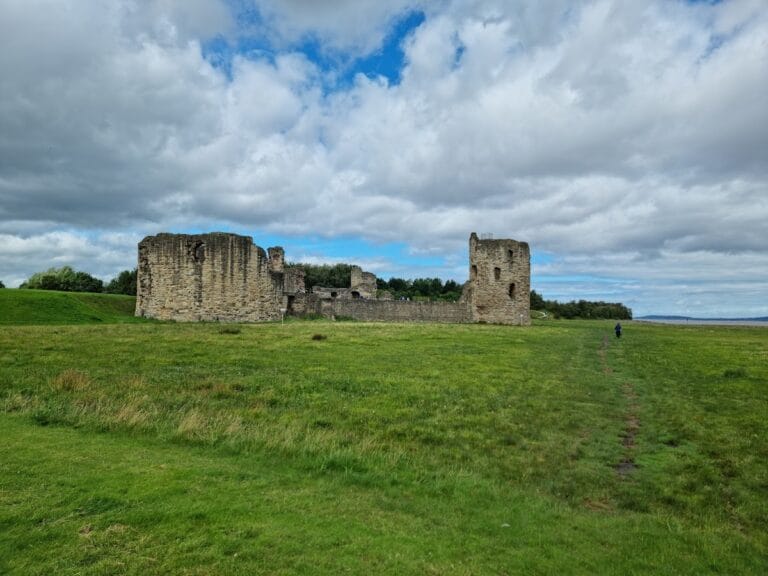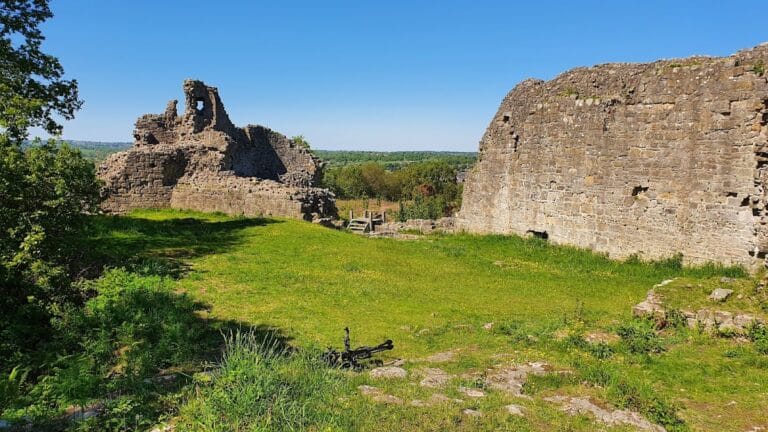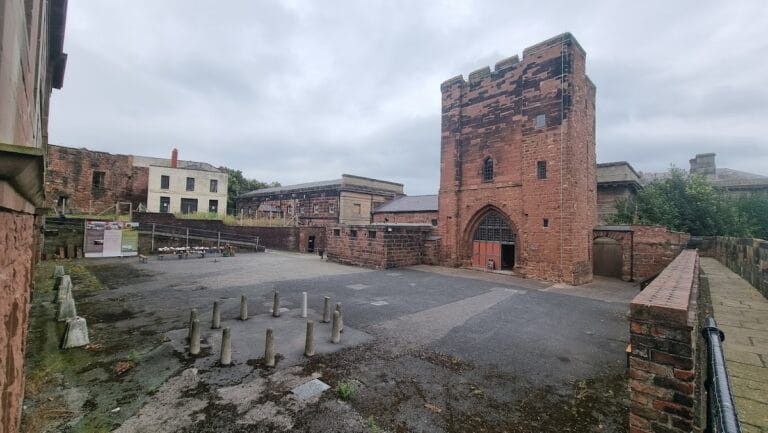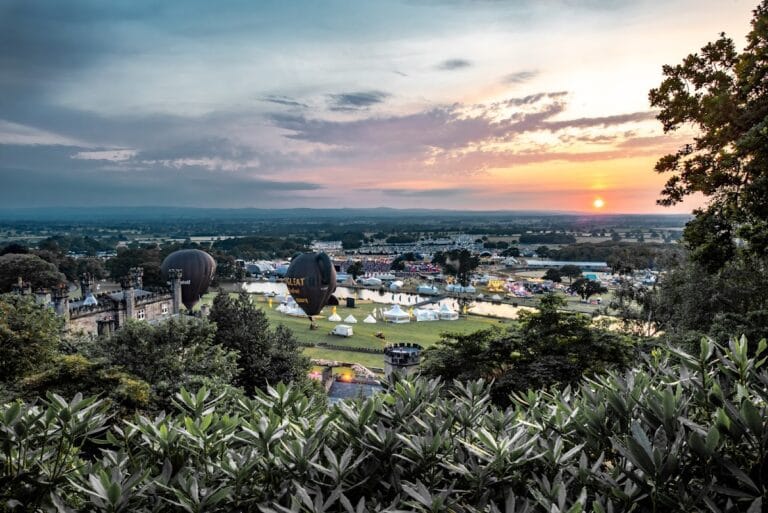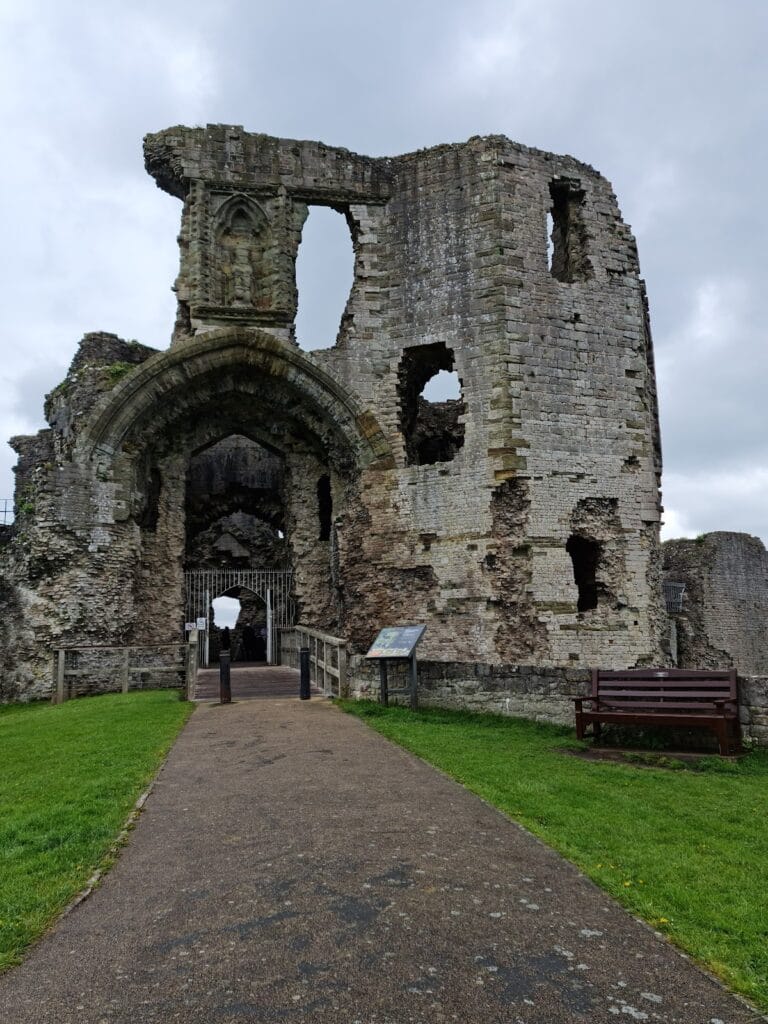Ewloe Castle: A Medieval Welsh Fortress in Deeside
Visitor Information
Google Rating: 4.6
Popularity: Low
Google Maps: View on Google Maps
Official Website: cadw.gov.wales
Country: United Kingdom
Civilization: Medieval European
Remains: Military
History
Ewloe Castle is located near the village of Ewloe in Deeside, Wales, and was originally built by the medieval Kingdom of Gwynedd. Construction began in the early 13th century during the rule of Llywelyn ab Iorwerth, also known as Llywelyn the Great, making it a native Welsh fortress established close to the contested border with England.
The site may have earlier significance, as a fortification is believed to have existed following Owain Gwynedd’s victory in the 1157 Battle of Ewloe. Positioned strategically within the cantref of Tegeingl, an area in northeastern Wales known in Welsh as Perfeddwlad, Ewloe played an important role as a military stronghold overseeing critical borderlands.
During the mid-13th century, Ewloe Castle was involved in regional conflicts and negotiations between Welsh princes and English rulers. In the 1240s, it served as a base for Dafydd ap Llywelyn amid disputes with English authorities. Later, Llywelyn ap Gruffudd, Llywelyn the Great’s grandson, initiated further construction around 1257 as part of his efforts to retake Welsh lands, successfully recapturing and refurbishing the castle after the English had abandoned it following their control established in 1246.
Despite its military use, Ewloe was overshadowed by larger neighboring fortresses. When Edward I invaded Wales in 1277, he seized Ewloe but considered it less strategically valuable compared to nearby Flint and Rhuddlan Castles. After this, the castle was allowed to fall into decay. Over the late medieval period, much of its dressed stone was dismantled and reused for building in surrounding towns.
Documentation such as the Chester Plea Rolls from 1311 records Ewloe Castle’s history and remarks that significant portions remained standing at that time. Today, the site is recognized for its historical importance and is protected as a Grade I listed building.
Remains
Ewloe Castle occupies a steep, wooded promontory overlooking two converging streams, with rising ground to the south. Its design combines features typical of both motte-and-bailey and enclosure castles. The layout is defined by an irregular stone curtain wall that encloses two distinct courtyards: an upper triangular inner ward and a larger lower outer ward.
One of the castle’s most striking elements is a large D-shaped stone tower within the inner ward, famously known as the “Welsh keep.” Situated on a natural stone outcrop that serves as the motte, this tower’s base walls are about two meters thick and rise roughly eleven meters high, capped by a protective parapet. The tower is notable for its defensive arrow slits carved into the curved sides and a Romanesque-style window on the flat face looking toward the outer ward. Inside, a ground-floor chamber is topped by a first-floor hall, accessible via stairs reaching a gateway also located on the first floor. Roof spaces above this level include storage slots built into the structure. The tower’s form reflects older Welsh military architecture rather than the keep designs favored by later English builders.
Access to the castle was carefully controlled. The southern approach incorporates a deep ditch, cut directly into the rock, known as a neck ditch, defended by an additional outer rampart positioned on the higher ground above. The lower outer ward is enclosed by two separate stone curtain walls that converge on a circular fortified tower resting on a rocky knoll. These curtain walls remain distinct and are not physically connected, requiring wooden ladders for movement between their parapets. Wooden ramps provided the only entryways into the inner areas from the outer ward, as no stone gateways linked the two courtyards.
The outer ward would have contained several wooden buildings, serving functional roles for occupants. The castle was primarily built using sandstone quarried locally, reflecting available materials and regional building traditions. In later centuries, much of the finely worked stone from both the keep and the curtain walls was removed and repurposed for construction within nearby towns.
Today, the ruins of Ewloe Castle stand within Wepre Woods, preserved as an important historical site. Management by Cadw, the Welsh historic environment agency, maintains the remains within the natural landscape where the castle once held strategic command.





